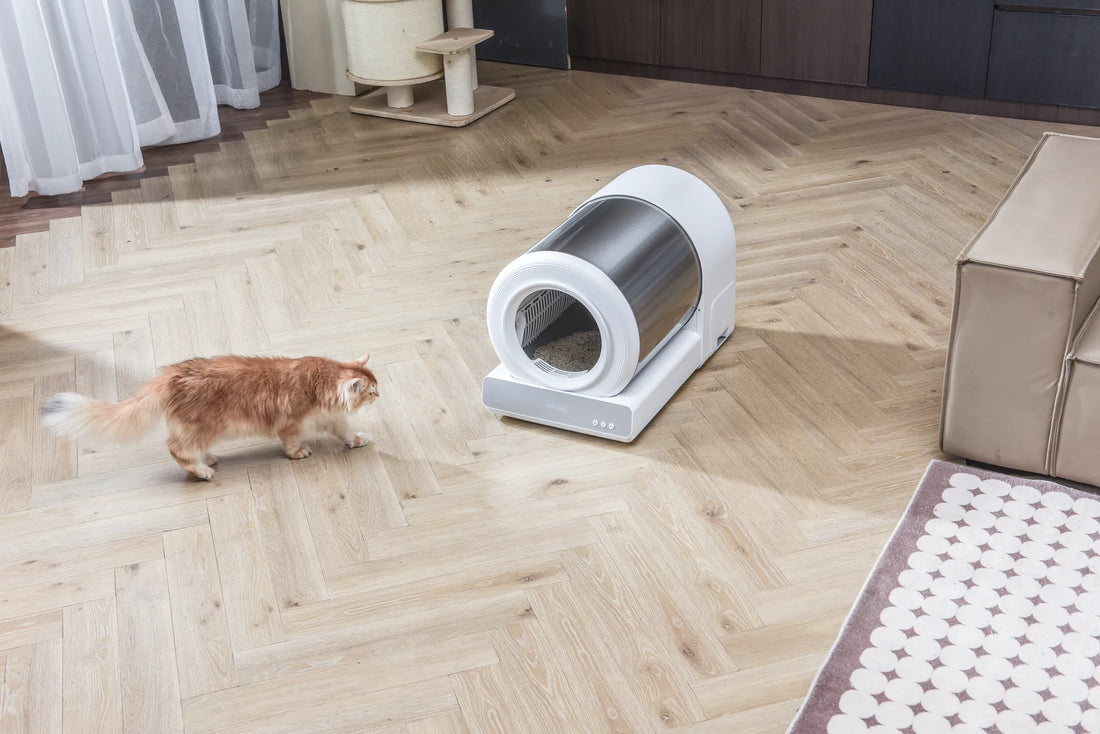If you've noticed your cat avoiding the litter box, you're not alone. This behavior can be both confusing and concerning for pet owners. Cats are creatures of habit, and any sudden change in their routine often signals an underlying issue. Understanding why your cat isn't pooping in the litter box anymore is the first step toward resolving the problem and restoring harmony in your home.
Common Reasons for Litter Box Avoidance
There are several reasons why your cat might be avoiding the litter box. Identifying the root cause is essential to finding an effective solution. Here are some of the most common factors:
1. Medical Issues
Health problems are often the primary reason for litter box avoidance. Conditions such as urinary tract infections, constipation, or gastrointestinal issues can make it painful for your cat to defecate. If your cat associates the litter box with discomfort, they may start avoiding it altogether. It's crucial to consult your veterinarian to rule out any medical concerns.
2. Stress and Anxiety
Cats are highly sensitive animals, and changes in their environment can cause stress or anxiety. Moving to a new home, introducing a new pet, or even rearranging furniture can disrupt your cat's sense of security. This emotional turmoil may lead to litter box avoidance as your cat seeks a safer or more comfortable spot to relieve themselves.
3. Litter Box Preferences
Cats can be picky about their litter box. Factors such as the type of litter, the size of the box, or its cleanliness can influence your cat's willingness to use it. If the litter box is too small, too dirty, or filled with a type of litter your cat dislikes, they may choose to go elsewhere.
4. Territorial Issues
In multi-cat households, territorial disputes can lead to litter box problems. One cat may block access to the litter box, causing another cat to avoid it. Additionally, some cats may feel threatened by the presence of other pets and prefer to find a more private spot to defecate.
5. Aging or Mobility Issues
As cats age, they may develop mobility issues that make it difficult to access the litter box. Arthritis, for example, can make it painful for your cat to climb into a high-sided box. In such cases, your cat may avoid the litter box simply because it's too challenging to use.
How to Address Litter Box Avoidance
Once you've identified the potential cause of your cat's behavior, you can take steps to address the issue. Here are some practical solutions to help your cat return to using the litter box:
1. Visit the Veterinarian
If you suspect a medical issue, schedule a visit to the veterinarian. A thorough examination can help identify any underlying health problems and ensure your cat receives the appropriate treatment. Addressing medical concerns is often the quickest way to resolve litter box avoidance.
2. Reduce Stress and Anxiety
Creating a calm and stable environment can help alleviate your cat's stress. Provide a quiet, safe space for your cat to retreat to, and avoid making sudden changes to their routine. If necessary, consider using calming products or pheromone diffusers to help your cat feel more at ease.
3. Evaluate the Litter Box Setup
Take a closer look at your cat's litter box. Is it clean, spacious, and filled with a type of litter your cat prefers? Experiment with different types of litter and box designs to find what works best for your cat. Additionally, ensure the litter box is placed in a quiet, accessible location.
4. Provide Multiple Litter Boxes
In multi-cat households, it's essential to provide one litter box per cat, plus an extra one. This ensures each cat has access to a clean box and reduces the likelihood of territorial disputes. Place the boxes in different areas of your home to give your cats options.
5. Accommodate Aging Cats
If your cat is older or has mobility issues, consider switching to a low-sided litter box that's easier to access. You may also want to place the box in a more convenient location to minimize the effort required for your cat to use it.
Preventing Future Litter Box Problems
Prevention is key to ensuring your cat continues to use the litter box consistently. Here are some tips to help you avoid future issues:
1. Maintain a Clean Litter Box
Cats are naturally clean animals, and a dirty litter box can be a major turn-off. Scoop the box daily and change the litter regularly to keep it fresh and inviting. A clean litter box is more likely to encourage your cat to use it.
2. Monitor Your Cat's Health
Regular veterinary check-ups can help catch potential health issues early. By staying proactive about your cat's health, you can address problems before they lead to litter box avoidance.
3. Observe Your Cat's Behavior
Pay attention to any changes in your cat's behavior or routine. Early detection of stress, anxiety, or other issues can help you take corrective action before they escalate.
4. Create a Cat-Friendly Environment
Ensure your home is a safe and comfortable space for your cat. Provide plenty of enrichment, such as toys, scratching posts, and cozy resting spots, to keep your cat happy and content.
Understanding why your cat isn't pooping in the litter box anymore can be a challenging but rewarding process. By identifying the root cause and implementing practical solutions, you can help your cat return to their regular routine. Remember, patience and consistency are key. With the right approach, you and your feline friend can enjoy a harmonious and stress-free relationship.













